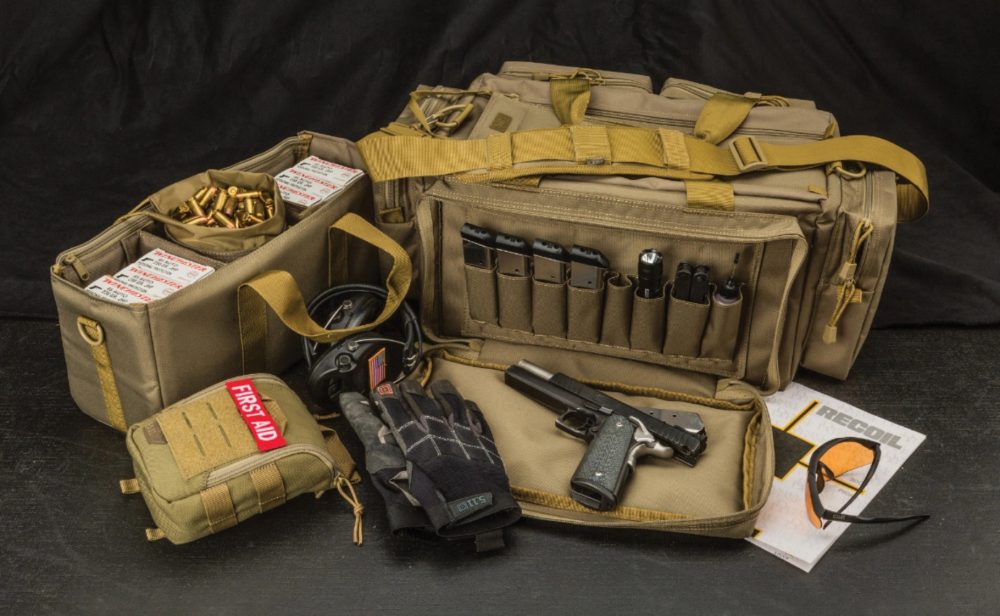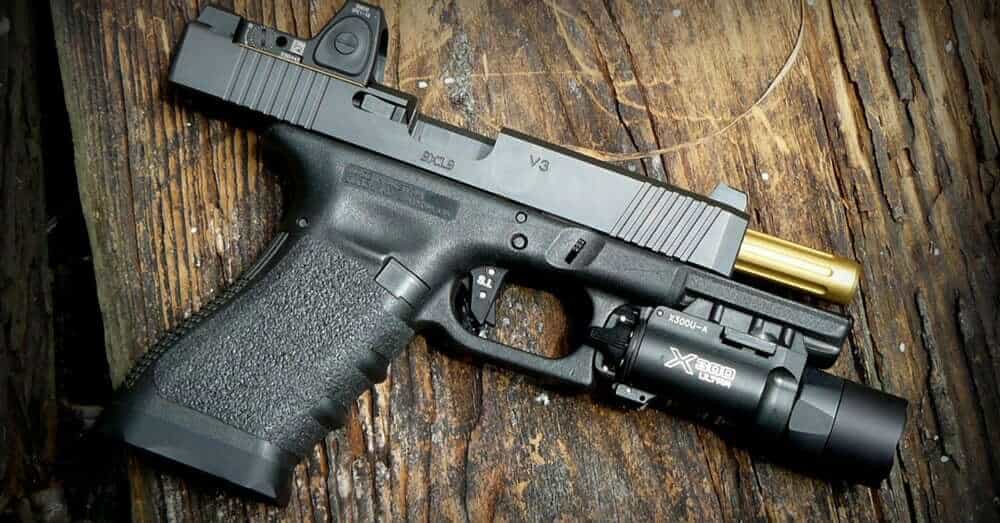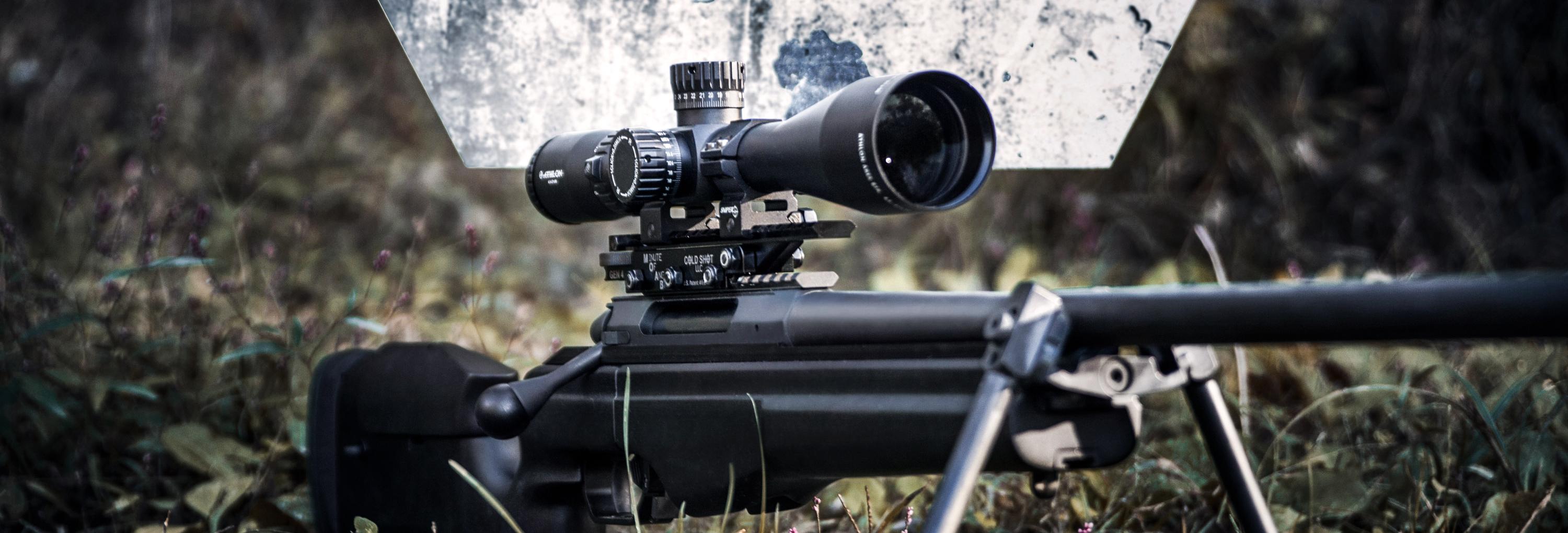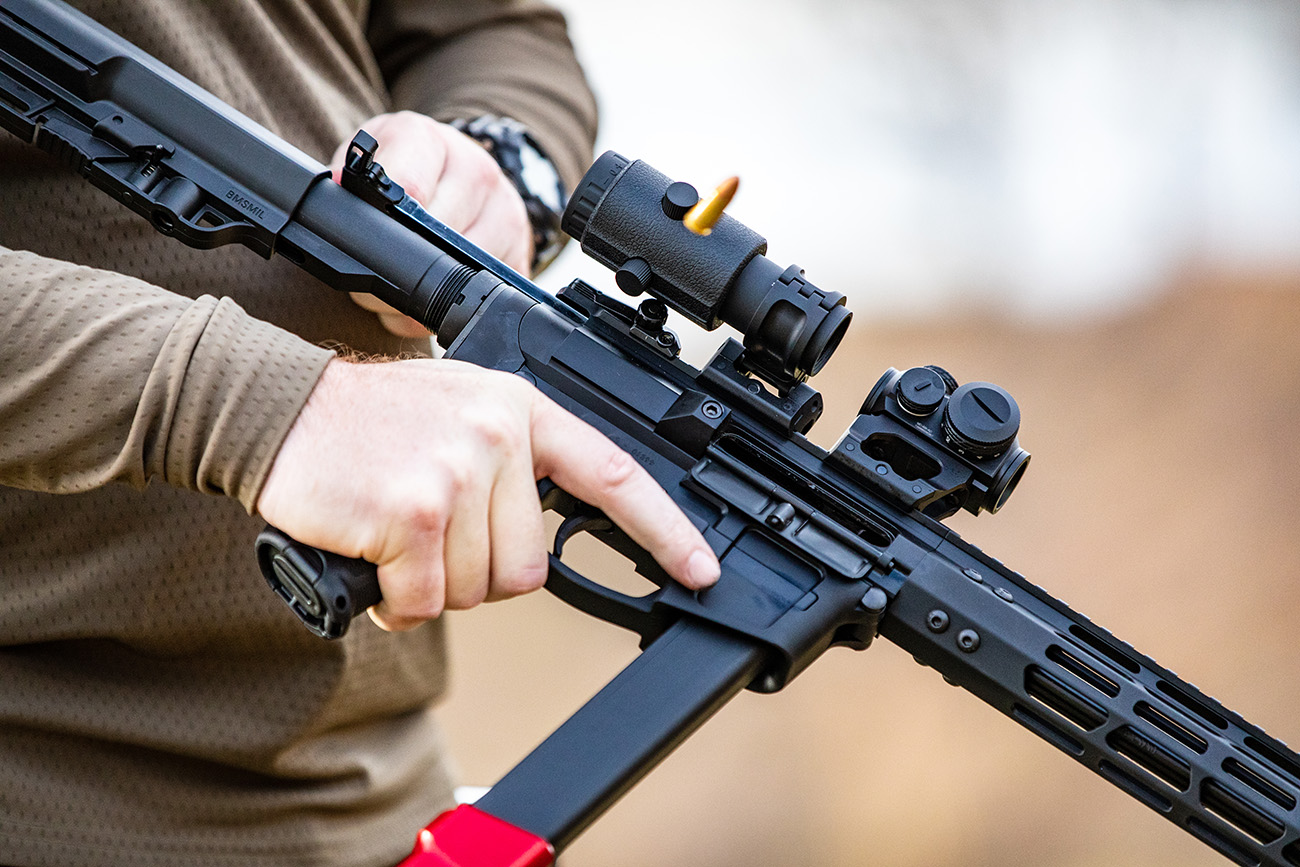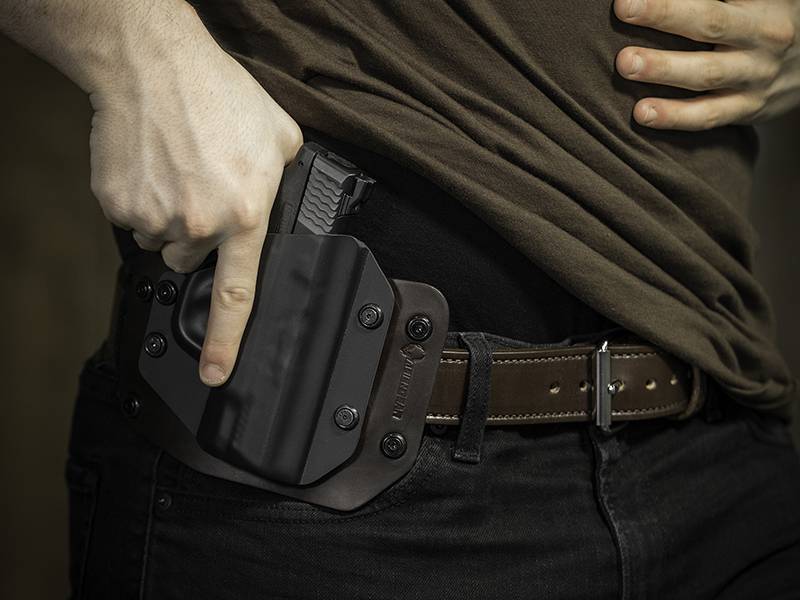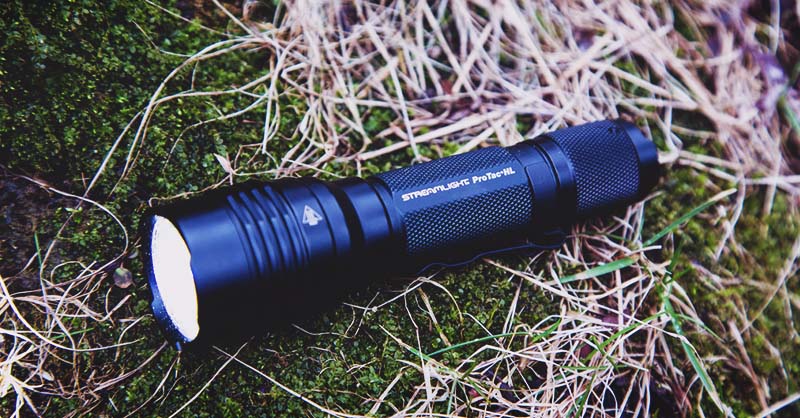Looking for a great beginner revolver? Maybe you want your first gun to be a revolver, or you’re just looking to add something different to your collection, but whatever the case, there’s a lot to learn about these venerable firearms.
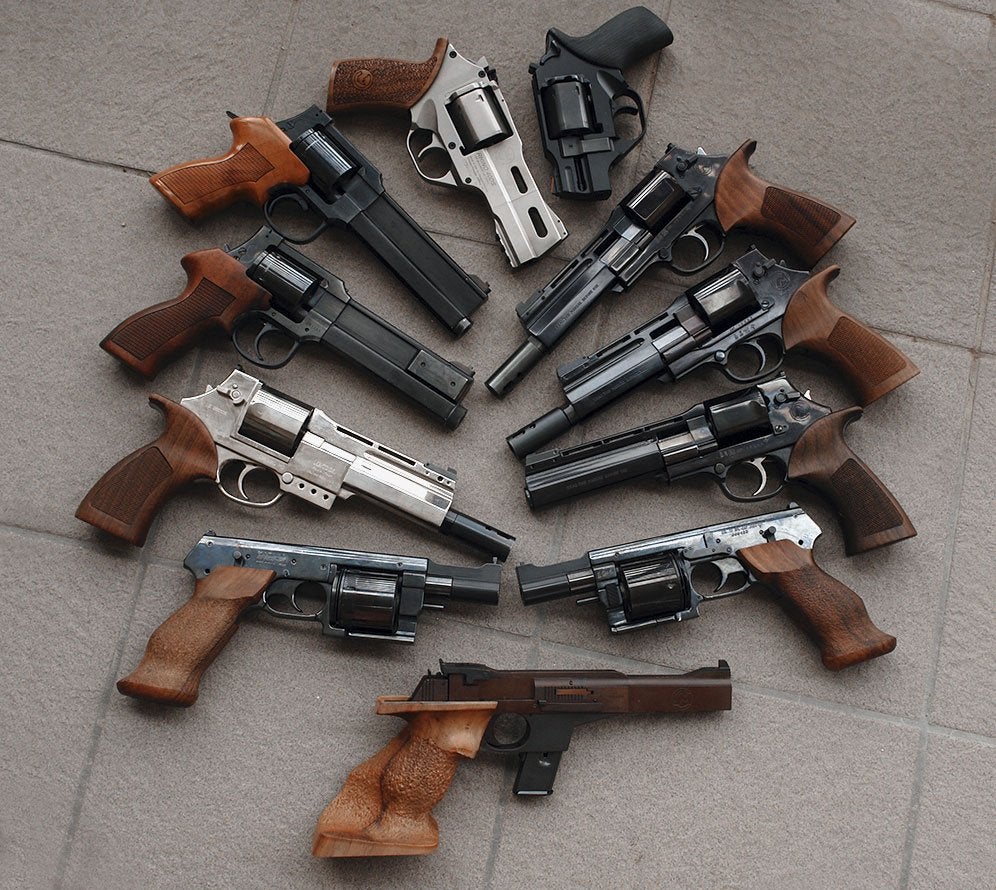
Revolvers have a long history in the gun world and are one of the oldest designs that are still kicking around today. As a newer gun owner, it can be a little difficult to get into revolvers though, mostly because there are so many different ones out there, and the terminology is a little different from the semi-automatic pistols you might be more familiar with.
Don’t worry.
We’ve put together this primer on revolvers for those who are a bit new to wheelguns, and we’re going to discuss a little history, and finally finish off with the best revolvers for beginners, and how to choose the one that’s right for you and your budget.
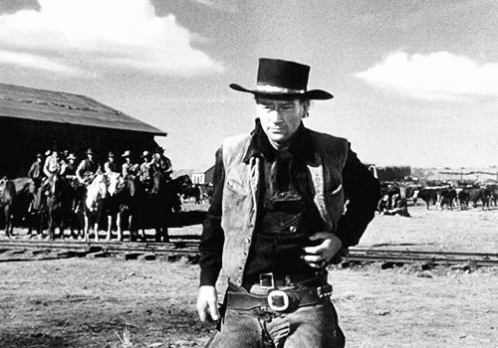
Let’s get started with a brief history of one of the most iconic firearm designs of all time.
A (Brief) Beginner’s Guide to the History of Revolvers
Back in 1835, Samuel Colt developed the Paterson Revolver. This was the first revolving-cylinder firearm of its kind, and it kicked off the idea of a multi-shot firearm with a rotating cylinder containing pre-loaded charges.
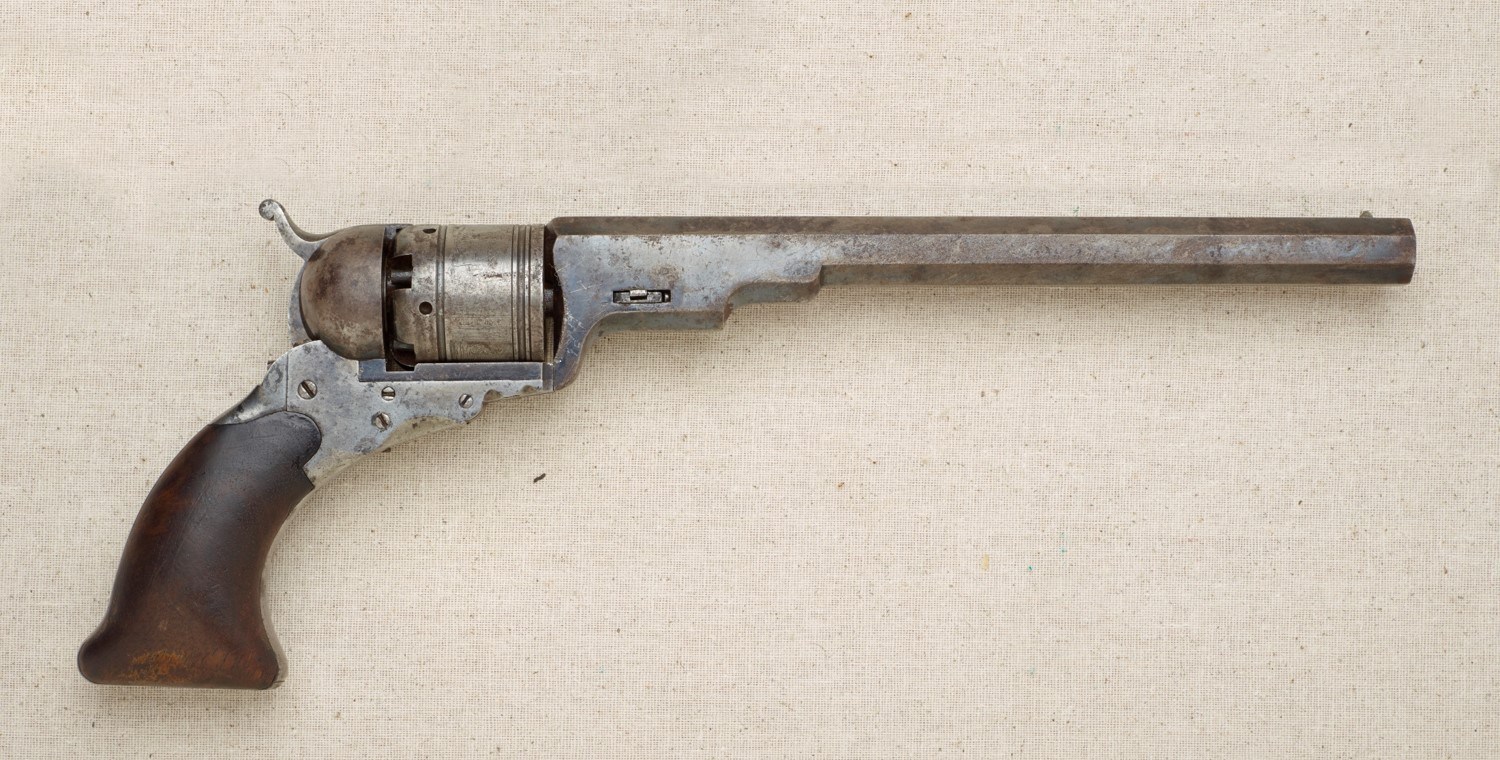
While this wasn’t the first version of what we would now consider a revolver, it was the first to function reliably, operate intuitively, and reach commercial success. Previous versions lacked a reliable way to index the cylinder with the barrel, creating a misalignment that, in a best-case scenario, only blew up the gun.
Colt’s design featured a ratchet and pawl mechanism similar to the capstan on a sailing ship of the day, and this improvement allowed for the cylinders to reliably align with the barrel each time, making rapid-fire repeatable and–most importantly–safe to the user’s fingers.
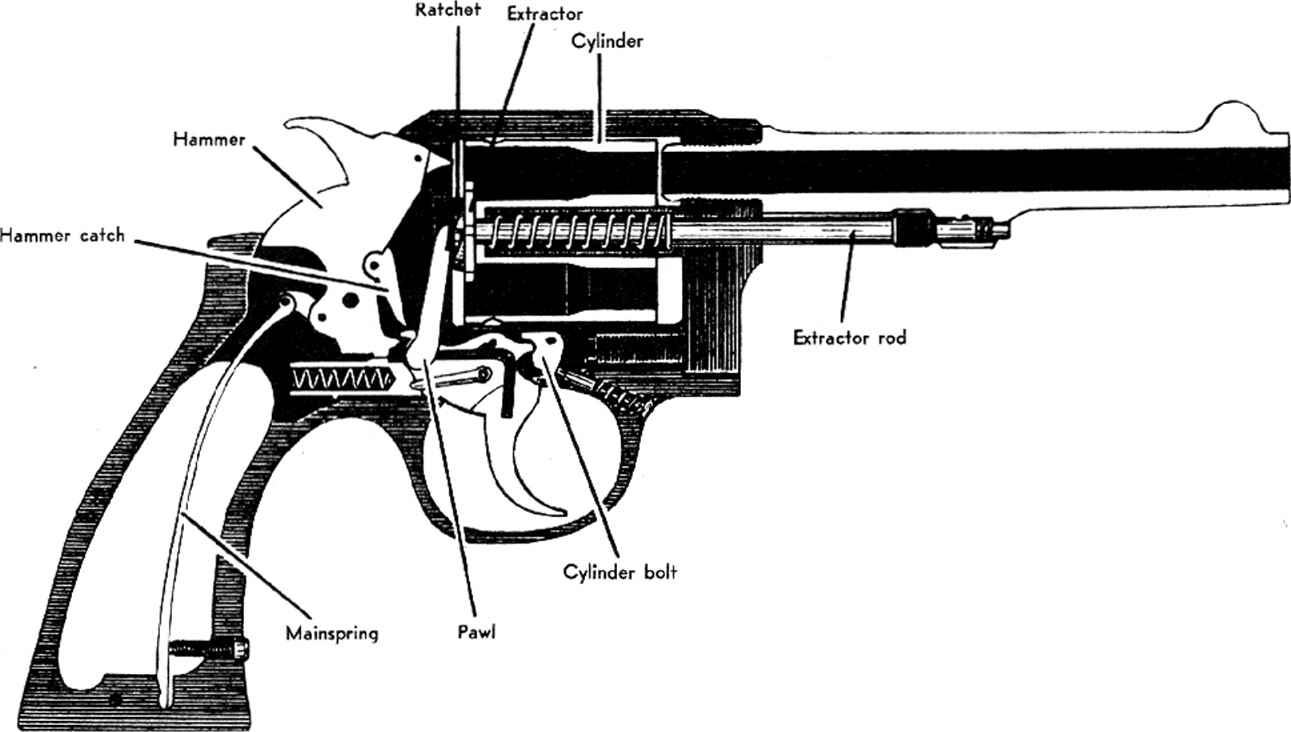
Various iterations of this design appeared from manufacturers over the next several decades, including a version in 1854 that would accept metallic cartridges loaded from the rear, which is the spiritual ancestor to all modern revolvers.
And then in 1873, Colt proved they were the preeminent name in revolvers by releasing the now-legendary Model 1873, also known as the Single Action Army, or more commonly, the Peacemaker.
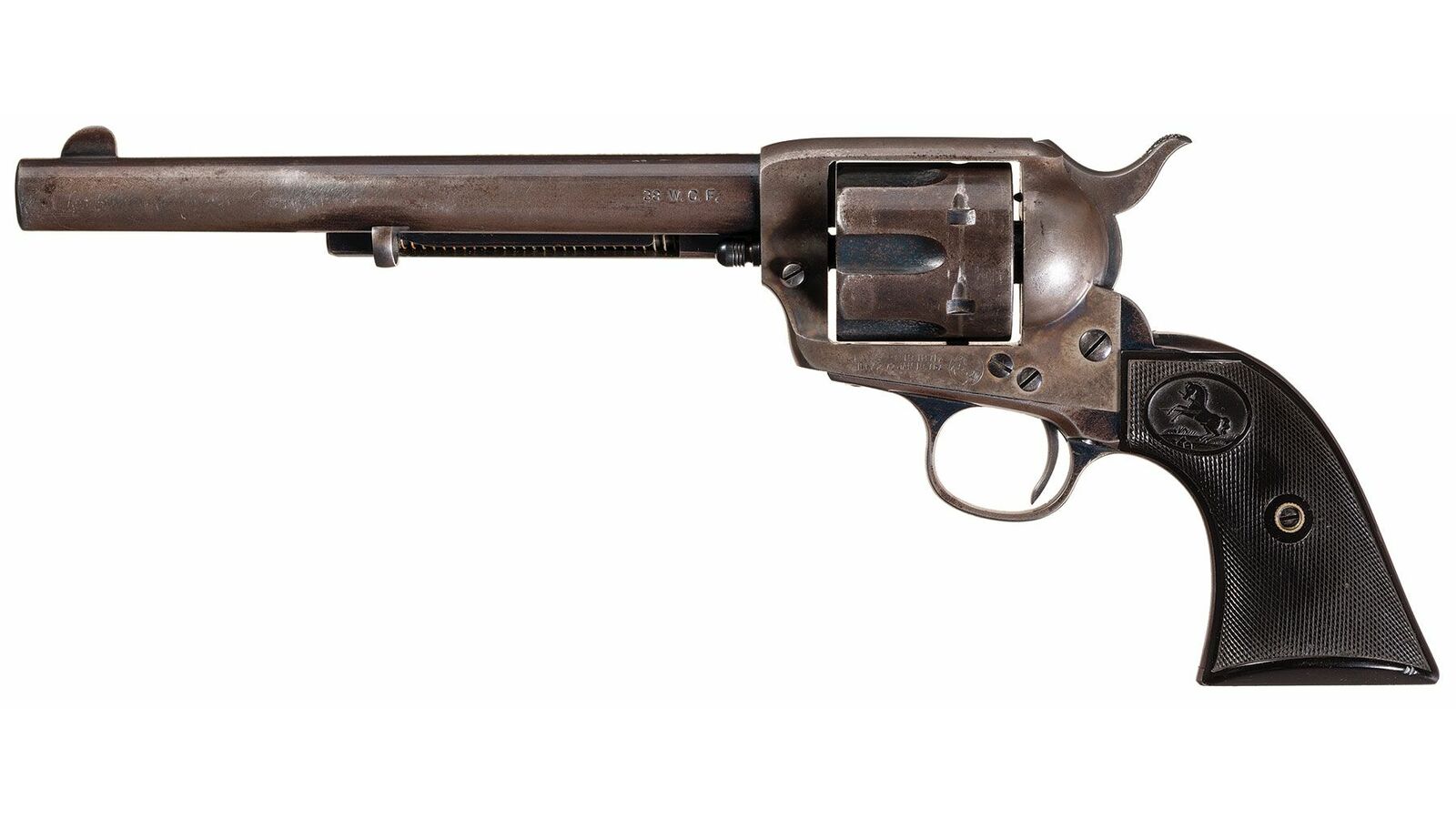
After that, the only real update to the revolver design was the development of the double-action firing system, which we’ll explain in a minute. Other than this, the revolver has been more or less the same since 1854, which makes it one of the oldest continually-used firearms still in production.
The Revolver Today
In modern times, the revolver has mostly been overshadowed by semi-autos when it comes to practical concerns. Very few, if any, police officers are being issued revolvers after all, and the US hasn’t ordered any new revolvers since the Ruger “Service Six” back in the ’70s.
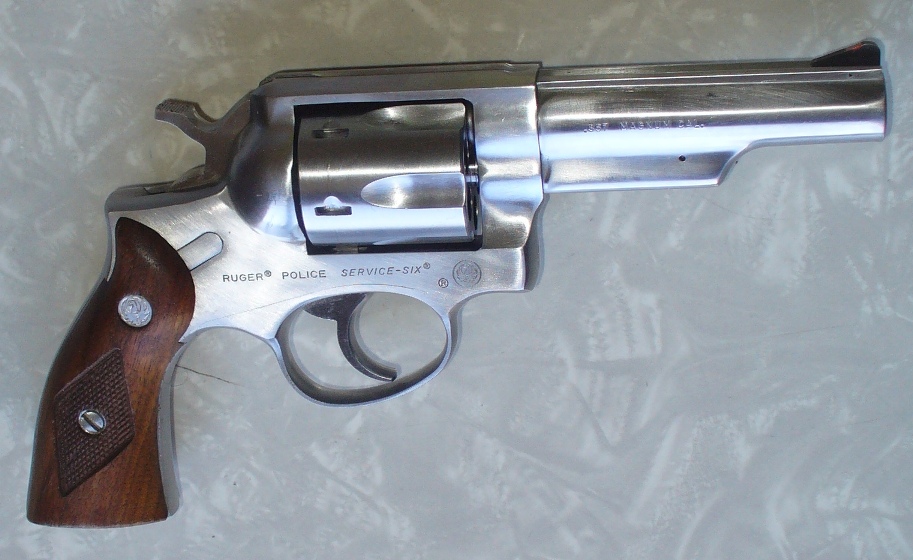
This is because, from a tactical perspective, a semi-auto offers too many advantages over a revolver. The main problems are they’re slow to reload, have limited capacity, and are much bulkier than most semi-autos due to the round cylinder. Again, this is purely speaking from a military and police perspective.
There are still many reasons you might want a revolver, however, and they do still have their advantages over semi-autos.
So why would you want a revolver in 2020 and beyond?
Well, for one, revolvers can chamber much larger and higher-powered cartridges than a semi-auto. You can get revolvers suited for hunting and even defense against large, dangerous game like bears.
While we don’t recommend it for your first revolver, something like the Ruger Super Redhawk Alaskan is an excellent choice for bear defense and is going to be a better option than really any semi-auto.
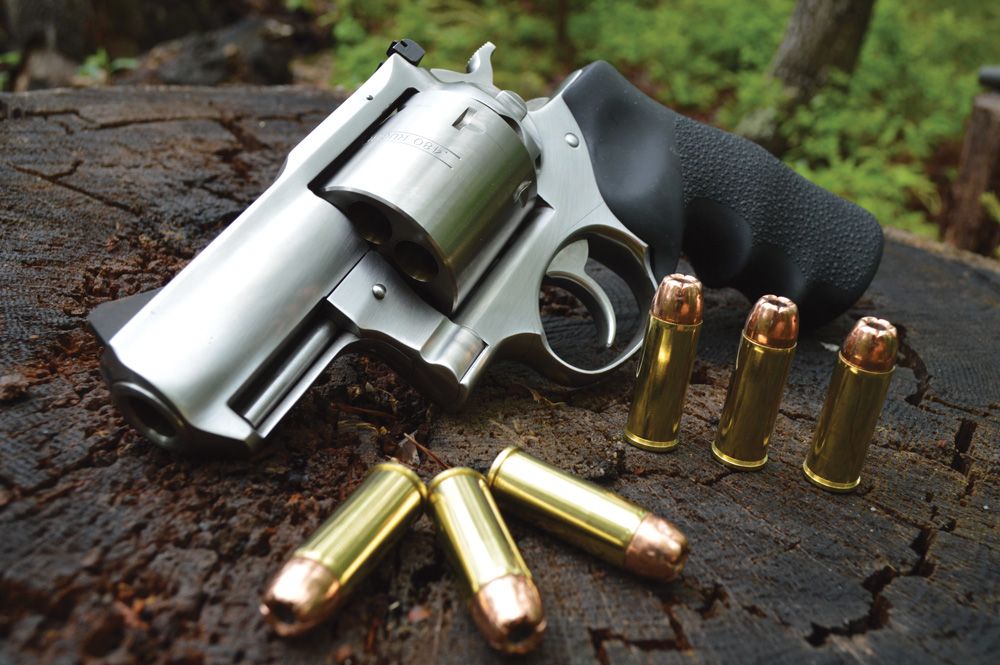
Beyond that, you have more versatility with a revolver, with many being able to fire more than one cartridge safely and effectively. Some examples include .357 Magnum revolvers that can chamber lighter-recoiling and cheaper .38 Special ammo, or revolvers like the Taurus Judge that can fire .45 Long Colt or .410 shotgun rounds.
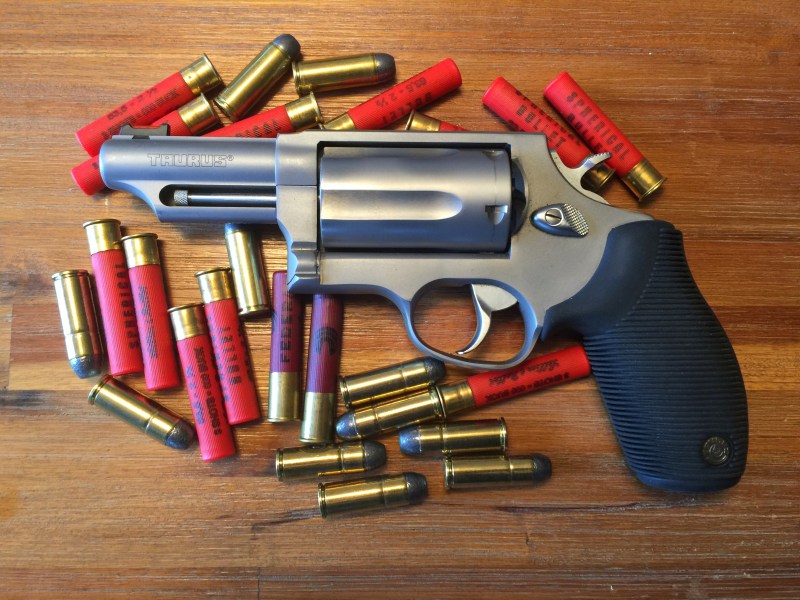
Try the Taurus Judge!
Revolvers also make for good backup guns, especially as a complement to a semi-auto primary sidearm. They can also be more reliable in some cases when dust and debris is an issue, making them a good choice for an ankle-carry gun as nothing traps sand and dirt quite like an ankle holster.
In addition, a revolver can be easier to operate than a semi-auto for shooters with limited hand strength or mechanical dexterity. This especially includes older shooters that may have issues such as arthritis or other joint problems that make racking the slide on a semi-auto difficult or even impossible.
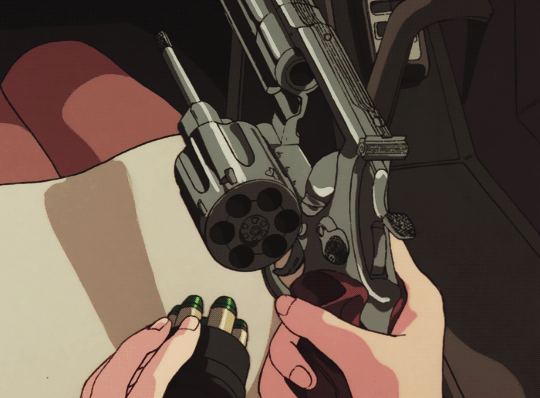
Finally, there’s the fact that revolvers just offer a very different experience from semi-autos. You don’t need a practical reason to own a firearm at the end of the day and “it looks good” or “it’s fun to shoot” is often enough reason to put your cash down for one.
Things like aesthetics and the sheer fun factor of a gun can add an immeasurable amount of value, and a revolver is nothing if not a fun choice for a range gun, especially an easy-shooting .22LR revolver, or better yet, a replica of a more historically-minded piece, like one of the many Colt Single Action Army clones out there that can help you play Clint Eastwood at the range.
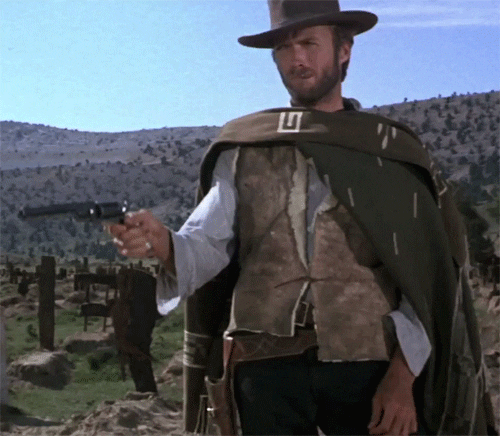
Whatever your reason for wanting one, there’s no shame in wanting a revolver, but if this is your first time buying one, you might feel a little overwhelmed with choice. We gathered up and tested the best revolvers on the market and singled out the best ones for your first revolver.
Best Revolvers For Beginners
For our beginner revolvers, we wanted options that met a few specific criteria.
First, we wanted options that were relatively affordable. Entry-level, affordable options are often a good way to get started with a new type of shooting or to gain familiarity with a new type of gun.
Next, we wanted some options from quality manufacturers… no cheapo Saturday night specials here. Every one of these options is solid and will last for thousands of rounds with no issues.
Finally, we thought it would be a good idea to have options that are customizable with lots of aftermarket support and third-party accessories available so you can tweak things the way you want, or get upgraded parts if you start to outgrow your more beginner revolver.
Ruger GP100 or SP101
Ruger is quite possibly the number one manufacturer of affordable, workmanlike revolvers that won’t break the bank, and just straight up won’t break. Ever.
These revolvers are both built like tanks, and if you find yourself out of ammo in a confrontation, you’ll still have a fairly viable bludgeon on hand.
Thankfully, Ruger has designed both versions well, and they are both nicely balanced for easy shooting. The slimmer SP101 in a 5-shot, .357/38 configuration is a great option for a medium-sized carry revolver, and while definitely aimed at the budget-conscious market, the gun is as reliable as a Swiss watch and built to take just about anything you throw at it.
The rear sight is milled in, and the front post is easily swapped out for a fiber optic or night sight option, and the grips are easily changed as well.
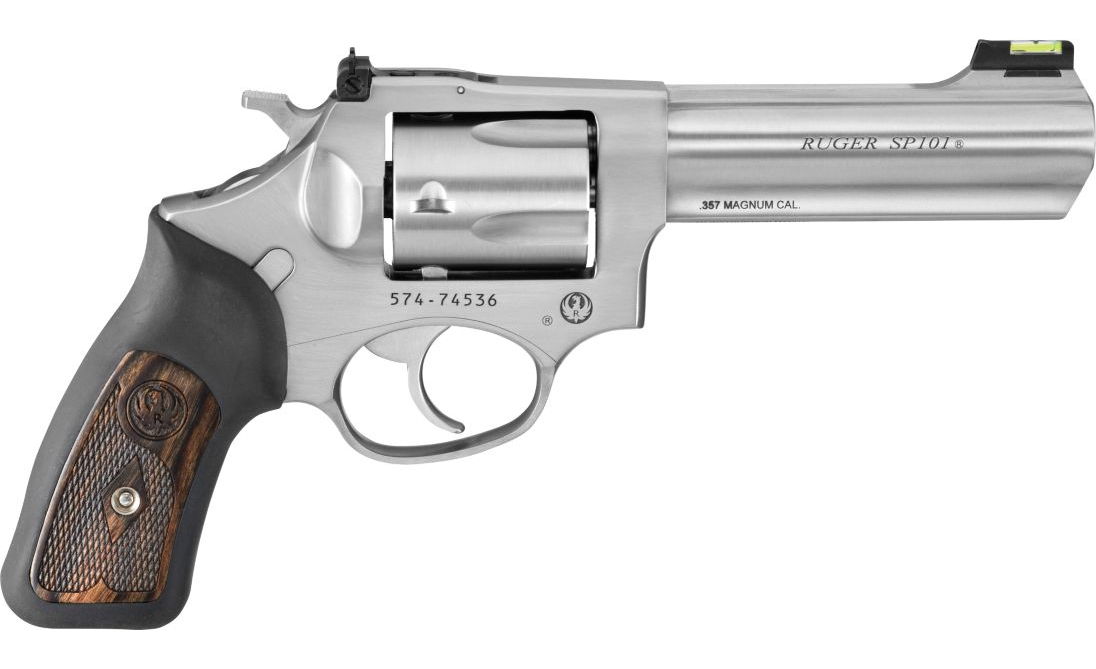
Ruger SP101
Pros
- Durable and reliable
- Great value
- Easy to change grips
Cons
- 5 shots
The GP100 is similarly built, but it has much nicer sights (adjustable rear, many front post options), and a slightly better trigger. It also has a 6-shot cylinder and an adjustable rear sight. Like the SP101, there are a number of grip options available from the factory, and even more available on the aftermarket.
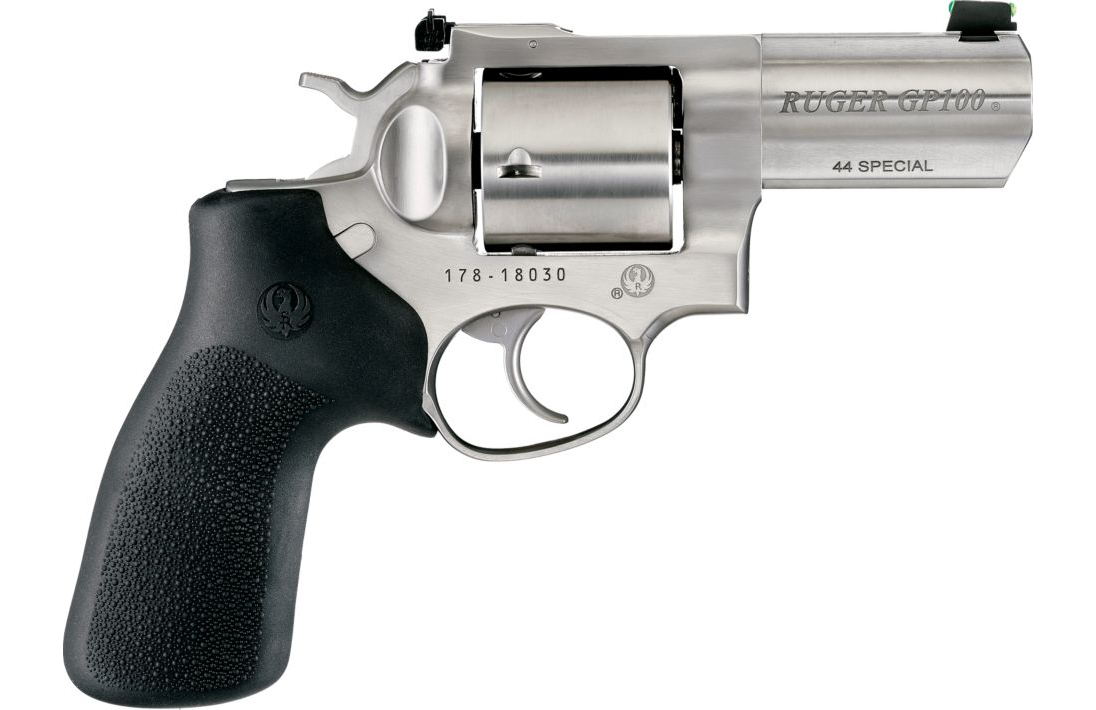
Ruger GP100
Pros
- Incredibly sturdy build
- Adjustable rear sights
- Customizable grips
Cons
- Not a great carry option
Either of these revolvers would do well as a glovebox gun or a home-defense choice. While Ruger does make an excellent carry revolver (which we’ll cover in just a second), we don’t recommend these for that purpose.
If you’re looking for a beautiful, classic double-action that shoots well and won’t let you down, these are both great options.
Ruger LCR and LCRx
If you’re looking for a carry revolver, this is the one to go with, at least in our opinion. The LCR, LCRx and their little brother the LCR 9 are all designed specifically for carry. Unlike the other Ruger options, these are lightweight, aluminum-framed revolvers that have been slimmed down and rounded off so that, if you were in the mood to carry a revolver concealed, this would be a great choice.
Beyond that, you have a 5-shot revolver with fiber optic or night sights, and the option to swap grips quickly and easily. The LCRs are both chambered in .38 Special, no .357 Magnum sadly, but you wouldn’t really want such a powerful round in such a light gun anyway.
The LCR 9 is one of the few 9mm revolvers out there, and it is one of the very best backup guns around for this reason. Your main gun down and you need a backup that takes the same ammo? Reach down to your ankle holster do this and you’re good to go. And it’s plenty rugged and reliable enough to handle all the abuse of being carried right next to the dirt all day.
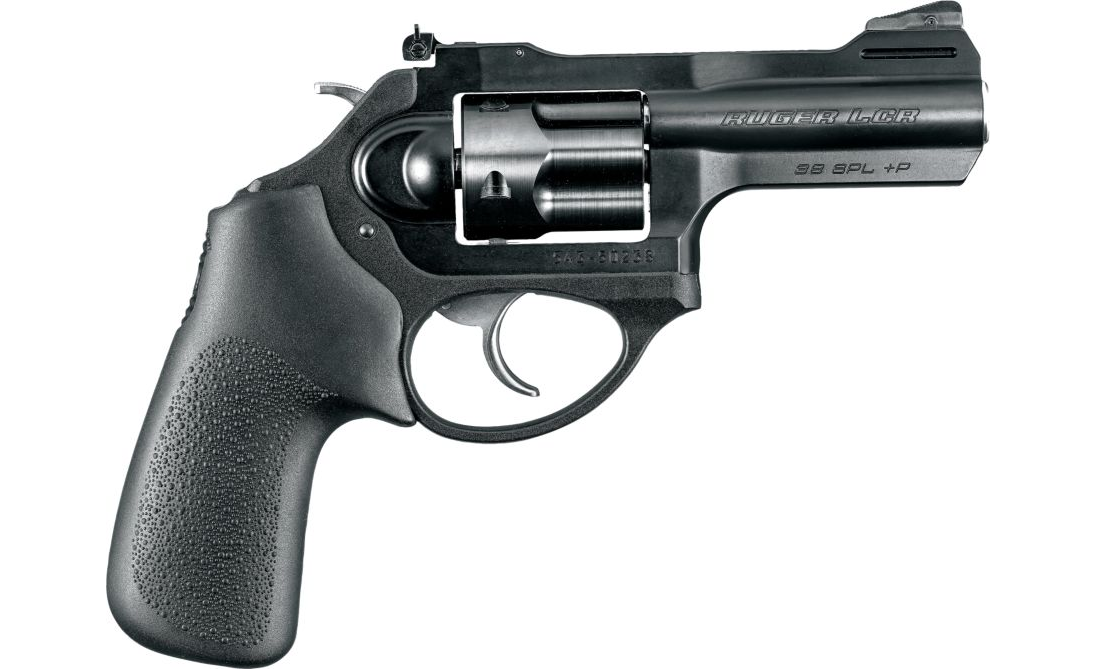
Ruger LCR, LCRx & LCR 9
Pros
- Designed specifically for carry
- Lightweight
- Nightsights
Cons
- 5 shots
Finally, you can swap grips and sights around to your heart’s content to find what suits your preferences the best. On top of that, there are many holsters out there for these guns that make them easy to carry and conceal.
S&W 686
Outside of Colt, S&W makes the most finely-tuned and polished revolvers on the market today, and their flagship 686 model is a great example of this legendary gunmaker’s prowess.
You have several barrel length options and a robust aftermarket for sights, grips, and holsters, as well as upgrade components like improved trigger springs.
That said, this is the best trigger on this list, by far. S&W has some of the smoothest revolver triggers around, and in single-action mode, this can easily be a bullseye gun.
If you’re looking for further upgrades, the S&W custom shop will tune this thing to be an absolute racehorse on the competition field, or you can go the opposite direction and set it up for hunting if you’re feeling up to it.
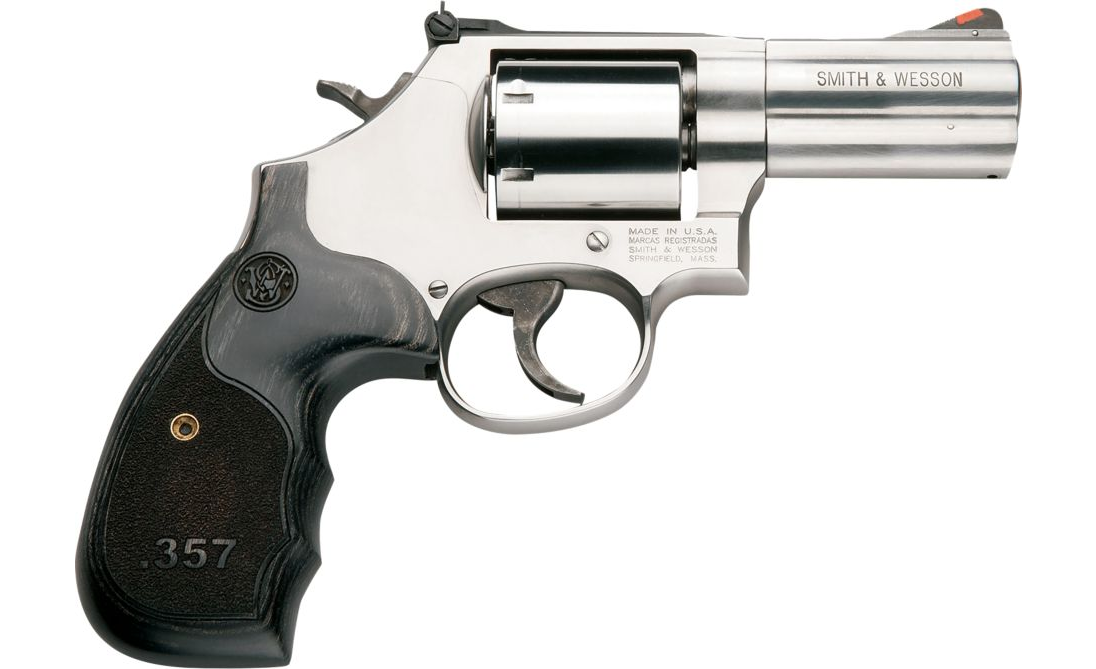
S&W 686
Pros
- Fantastic trigger
- Easy to upgrade
- Great for precision shooting
Cons
- More expensive than others on the list
Mostly, this is the one we recommend you go with if you’re looking for something with enough precision to be a target gun, or you’re looking to compete in revolver divisions. This is also just a very fun gun to take to the range because, until you practice quite a bit with it, it’s going to be much more accurate than you are.
Heritage Rough Rider
It’s impossible to make a list of revolvers without including a .22LR option. Our only struggle was picking the right one.
We finally settled on the Rough Rider because of its heritage and its ready availability. Oh, and it’s also usually about $120, so that doesn’t hurt. For your purchase price, you get a 6-shot, single-action revolver that is styled after the legendary Single Action Army, giving you an indirect connection to all of our favorite cowboys of old.
Beyond that, you get a decent trigger, decent sights, and way more than $120 worth of fun at the range.
You can easily spend $20 on a 500-round brick of cheap .22LR ammo that will last you several range outings (or just one all-day shoot). The slow-firing Rough Rider will have you grinning from ear to ear as you blast cans or punch holes in paper and imagine yourself cleaning up a lawless frontier town in the 1800s.
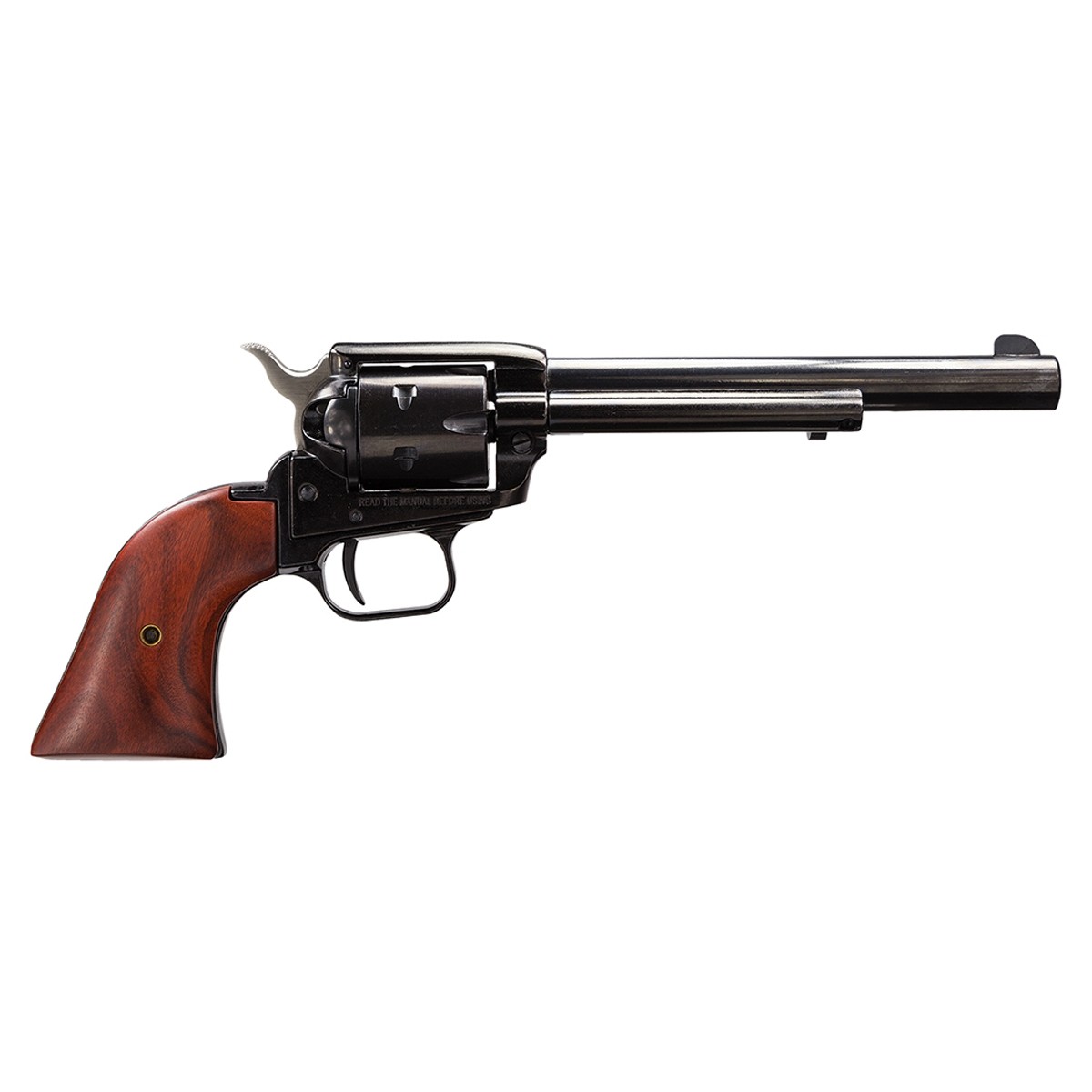
Heritage Rough Rider
Pros
- Very affordable
- .22LR chambered
- Great value
Cons
- Slow firing
But if you’re looking for more realistic uses, you can easily throw this in a toolbox or bugout bag for an excellent little general-purpose gun to dispatch pests around the homestead or while you’re on the trail. You can also snipe dinner with it if you’re looking for a pot of squirrel stew at the end of a long day.
We’re big believers in owning a .22LR revolver just because they’re so fun and so very, very versatile, and if you’re new to owning one, this is the one you should go with.
Final Thoughts
Revolvers may not be your first choice for a defensive handgun, but that doesn’t mean they aren’t still valuable and worth owning. All of the revolvers on this list fill one niche or another, and they will all serve you well for years to come.
If you’re looking at getting a revolver, whether for defense, a backup gun, or just a fun new gun to take to the range, these are the ones we recommend you start your search with. You have options here for short-barreled carry guns and longer-barreled guns that can be used for things like competition, home defense, or even hunting.
Whatever your needs, you’ll find that the humble revolver is still a perfectly wonderful firearm, and with the options on this list, you’re sure to find one (or more) that you’ll love.
One of the revolvers that we’ve recommended here catch your eye? Know of another one you’re thinking you’ll go with? Experienced shooters, do you have a revolver recommendation of your own for beginner shooters? Let us know in the comments. Get to know other great handguns for beginners, too!


